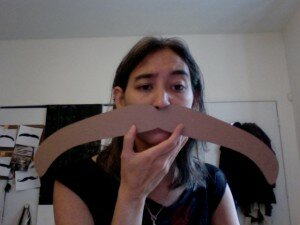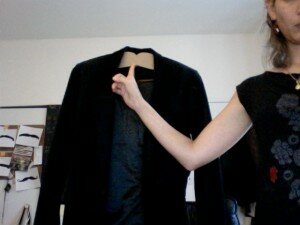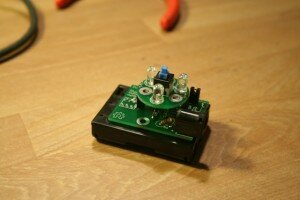I was chatting with another entrepreneur who moved to Shenzhen last year for the 1st HAXLR8R cohort and decided to stay. We were talking about how much location really does matter for businesses (especially with physical products) and he said “Shenzhen is the city that tells you how to make your dream become real.” Now, to be fair, in context, this is about making hardware… if your dream is to cure malaria, have 19 kids, or get rich writing poetry, this may not be your city.
One aspect of Shenzhen’s lubricant effect on creative hardware design is the ready availability of building blocks for any hardware engineering project. Our office is located at Huaqiangbei, right in the middle of all the huge electronics markets. We are always sharing the elevator with large carts full of capacitors. And we are steps away from millions of LEDs, passive components, integrated circuits, shanzhai mobile phones, PCB manufacturers, and tons of useful tools.
It’s not quite to the point where plutonium is available at every corner drugstore, but we can probably get all the parts we need to build a flux capacitor within a three-block radius. Check it out!

Some survival phrases for the electronics markets. No accents, alas. The very last one seems crucial. ![]()

The LED market sign we passed every day during the first week, walking from hotel to office.

There are lots of markets, SEG being probably the best known, but Duhui is our go-to general electronics market since it’s right across the street. Ready to go inside…?

Inside are rows upon rows of tiny stalls. Bottom floors are very basic components: resistors, capacitors, leds. As you ascend, you’ll encounter integrated circuits, arduinos, cable assemblies and other more complex stuff.

A lot of people working at these markets have their young children with them. They’re sliding down one of the ramps that are meant for carts. (Note: these ramps are EVERYWHERE in downtown Shenzhen. Every set of stairs, it seems, has a ramp built in that’s far too steep for a wheelchair, but fine for a human-steered cart, or for walking a bike.)

The variety of specific subtypes of electronic things is staggering, and the displays kind of remind me of a candy store. Lots of obscure batteries here, I think, and maybe some very large capacitors.

Huge variety of USB connectors, and some power jacks.

Have some ultrabright LEDs!


More connectors, this time the Molex type (I know that’s the brand, but it’s like kleenex to me), JST connectors, assorted switches and buttons.

LED displays like this are sitting on nearly every vendor table inside Duhui Electronics. It looks really festive.

Every one of these is handmade, likely by the sellers themselves, so there’s a wide variety. Here you can see that these are just hand-soldered in parallel into a perf board, with a few really high-wattage current-limiting 220ohm resistors.

We ended up buying from this person because she had a clean display that had a lot of specs (relative to the others) written down for each LED. Presumably, if we spoke Chinese, we could ask and the vendors would know all this stuff, but our communication is not great. I wonder if this particular vendor does especially good business with foreigners.

To get around our inability to communicate, we shop with datasheets. Part numbers are a universal language. Rigid, reliable categorization here supports our creative improvisations.

Another approach is to go find this lady, Madame Cai. She speaks pretty good English, at least in this specific domain, and will get on the phone and source all of your parts in about 20 minutes, then have them delivered to you later that afternoon. Or the next day if Chinese New Year is just winding down. She charges a bit more, but can save a shopper several hours of search time. For a more in-depth article about Madame Cai, with other wonderful observations about electronics shopping in Shenzhen, you should check out .


Outside (I guess these are the back doors, but they’re just as accessible as the front) there are always carts waiting, being loaded, leaving, coming back. A lot of them head up the elevators of our office building. This part of Shenzhen is full of carts, always moving, transporting electronic components and assemblages.
Some of the factories we’ve visited (more on that in the near future) have seemed very Big and Corporate — exactly what you’d expect when you think about globalization and business. But a lot of exchange, the distribution and selling of component parts, happens at markets like this, that have a vital, organic, “mom and pop” feel to them. But the smallness of the shops doesn’t mean they’re dealing in small orders — not at all. 100,000 surface mount capacitors are easy enough to transport on a bike, and these people are mostly working with large-volume orders. It’s pretty anticlimactic when we come in and ask for 10, or even 100 of something.
If you own a mobile phone, a computer, any number of consumer electronic devices and accessories, you almost certainly own some parts that have been traded through this market, or one of the similar ones right next door.
And if you can’t get it at this market, you can find it on taobao. As far as I know, there’s nothing you can’t find on taobao, up and an including a fake boyfriend.
If you want to know more about what we’re doing here in Shenzhen, take moment to visit fabule.com and sign up for our mailing list. We don’t spam or share your info, we’ll just occasionally let you know when we make something really cool.

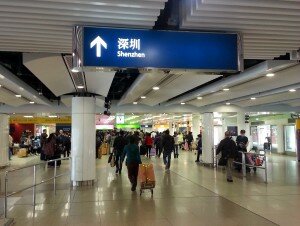
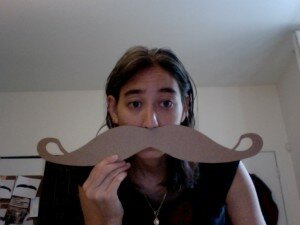
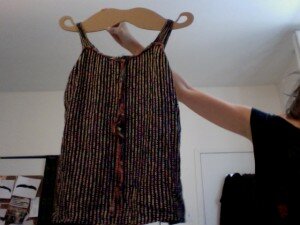 We’re trying out a fun new mini-project: Moustache Clothes Hangers! We’re getting some prototypes of it ready to show at the
We’re trying out a fun new mini-project: Moustache Clothes Hangers! We’re getting some prototypes of it ready to show at the 